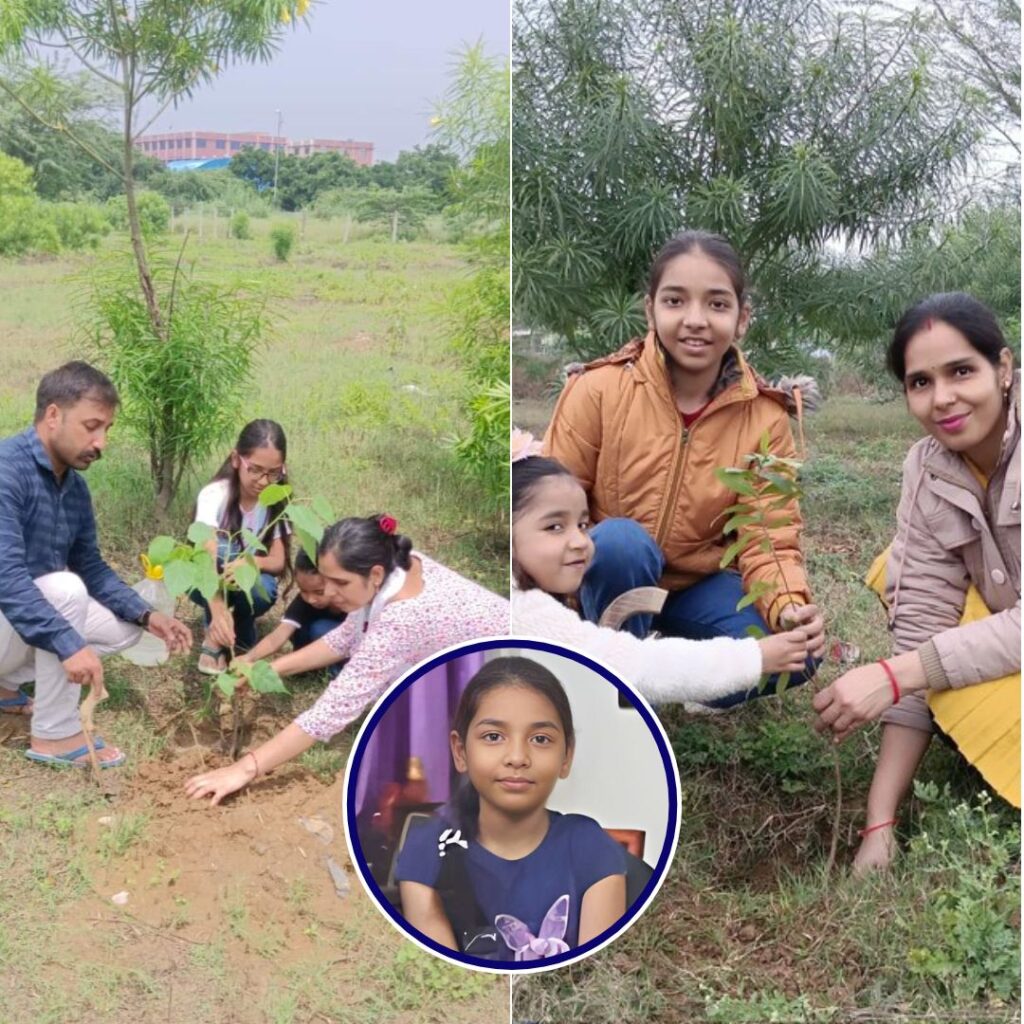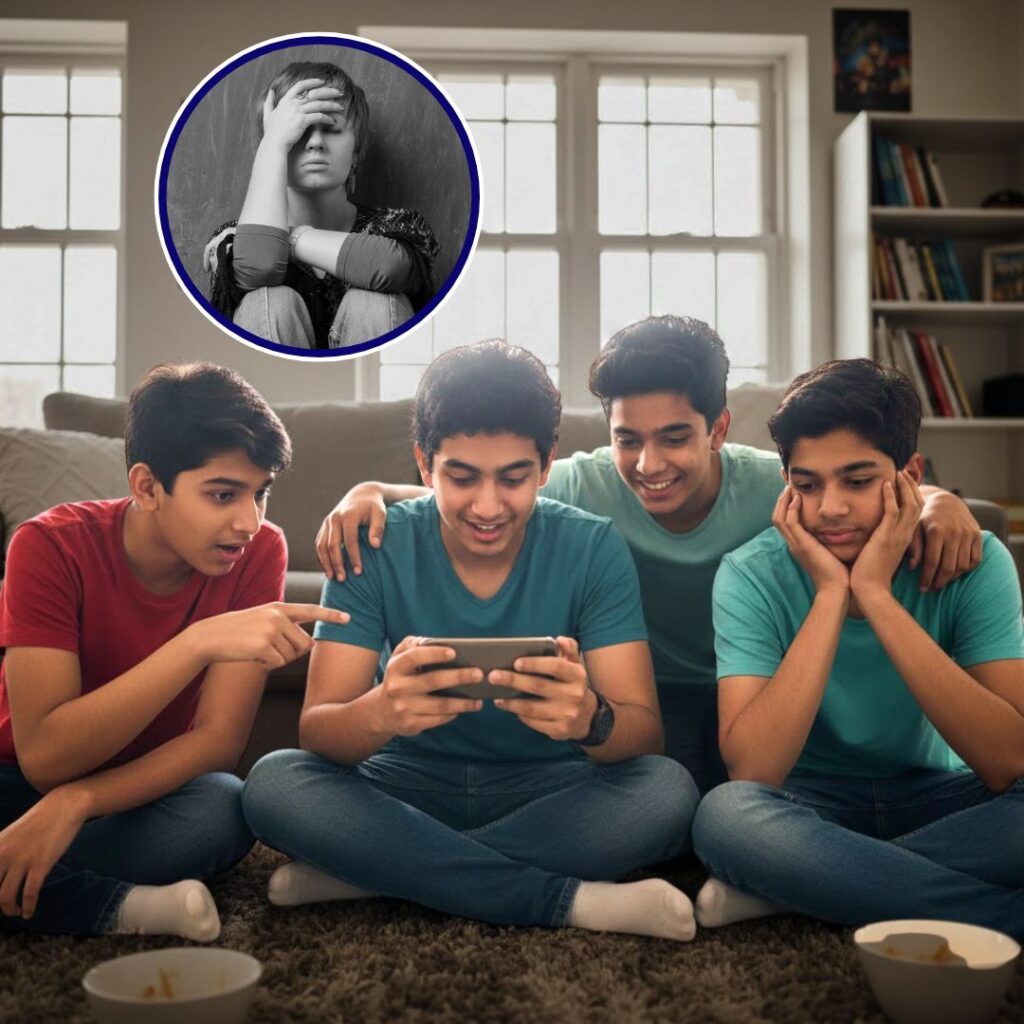The Supreme Court of India showed reluctance on 3 November 2025 to entertain a petition seeking a ban on pornography, citing the violent Gen Z protests in Nepal following that country’s social media ban as a cautionary example. The bench, led by outgoing Chief Justice BR Gavai, referred to Nepal’s unrest and said the plea would be heard only after four weeks.
The petitioner wants a national policy to curb pornography consumption, especially among minors, and to prohibit its viewing in public spaces amid concerns over billions of pornographic websites accessible in India and the risks to schoolchildren exposed during the Covid pandemic lockdown.
The Petition and Its Digital Challenges
The petitioner asked the government to draft a policy to regulate availability of pornographic content on the internet, particularly protecting children and adolescents who have been increasingly exposed during the pandemic when digital device use soared for schooling.
It was argued that easy availability of billions of pornographic sites without adequate restriction mechanisms harms youth mentally and socially. The plea also sought a ban on watching such material in public spaces, reflecting concerns about societal impact.
Supreme Court’s Caution
Chief Justice BR Gavai highlighted the backlash experienced in Nepal after the government abruptly banned 26 social media platforms in September 2025.
Those restrictions triggered massive Gen Z protests, resulting in violent clashes, dozens of casualties, a curfew in Kathmandu, and eventually the resignation of Nepal’s Prime Minister.
The court cautioned that blanket bans without societal consensus can provoke unrest and complex consequences, suggesting legislative and executive arms should handle such sensitive policymaking.
Continuing Legal Process
While the Supreme Court delayed hearing on the matter, the decision has rekindled public debate over internet freedom, child protection, and censorship in the digital age. Experts note the difficulty of balancing protecting children’s welfare with constitutional rights and digital access.
The case sets the stage for broader discussions on legal frameworks and technological solutions, such as parental controls, content filters, and education campaigns, enabling society to safeguard youth without sweeping prohibitions.
The Logical Indian’s Perspective
The Logical Indian emphasises that protecting children from harmful digital content is vital yet must be approached through dialogue, education, and nuanced policy rather than heavy-handed bans.
The Nepal example serves as a reminder of the need for consensus-building and democratic process. Any solution should respect freedom of information while empowering families and communities.
News in Q&A
1. What is the Supreme Court’s current position on the plea seeking a ban on pornography?
The Supreme Court expressed reluctance to immediately entertain the plea, cautioning that hasty bans could lead to unintended consequences. It compared the situation to Nepal’s Gen Z protests against a social media ban that triggered violence and political upheaval, highlighting the need for legislative prudence. However, the Court agreed to hear the petition after four weeks before Chief Justice BR Gavai retires.
2. Who filed the plea and what are the key demands?
The plea was filed by a petitioner concerned about easy accessibility to pornographic content, especially for minors. The petitioner seeks directions for the central government to formulate a national policy limiting pornography consumption among minors and prohibiting such viewing in public spaces. The plea underscores the challenge of billions of pornographic sites available freely online.
3. Why did the petitioner stress the need for such a ban now?
With widespread digitalisation and the Covid-19 pandemic increasing children’s use of digital devices for education and entertainment, exposure to pornographic content surged. The petitioner cited admitted data from the government showing billions of pornographic websites accessible in India and pointed to the lack of effective laws or mechanisms to restrict such content for minors.
4. What were the reasons behind the Supreme Court’s caution regarding the ban?
The Court’s caution stemmed largely from the violent protests in Nepal, where young people clashed with authorities after a social media ban. This event illustrated potential social unrest from sudden, sweeping bans, prompting the Court to emphasize that content regulation is a legislative and executive function requiring careful public consideration and consensus.
5. What are the implications for digital freedom and child safety?
This case highlights the delicate balance legal systems face between protecting children and preserving internet freedom. While curbing harmful content is crucial, draconian bans may provoke resistance or limit access to legitimate information. Experts suggest layered approaches incorporating parental controls, digital literacy, and education alongside targeted regulation.












